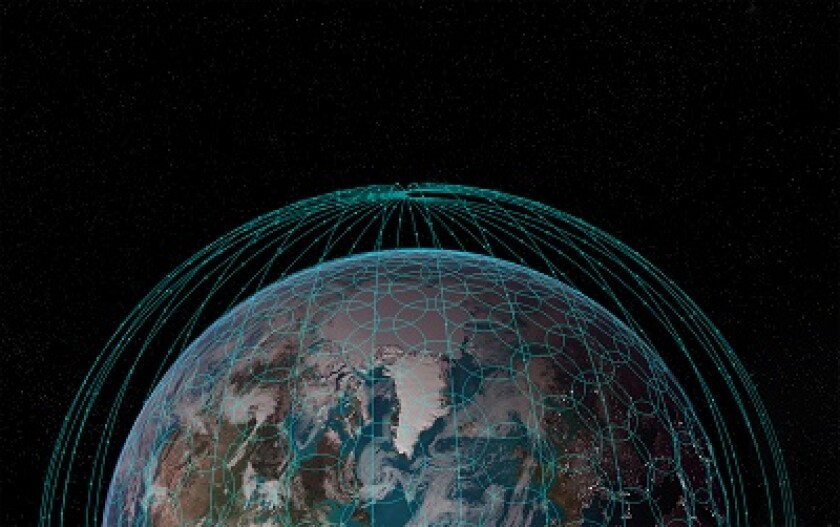
The Memorandum of Understanding (MOU) includes the California Natural Resources Agency (CNRA), the California Environmental Protection Agency (CalEPA) and the California Department of Food and Agriculture, and it specifies that it doesn’t obligate Caltech or the state to spend any additional money or commit other resources. The agreement is effective through at least June 2022.
“The CNRA, CalEPA and CDFA have an interest in understanding carbon stocks, sources, and carbon sequestration sinks within the state, including fugitive emissions, as part of California’s efforts to achieve a 100% clean energy future,” the MOU says. “The CNRA, CalEPA and CDFA also have an interest in using observational data, field data, models and science system engineering to enhance decision support around management of California’s natural resources and agricultural working lands.”
To that end, the state entities and JPL will:
- Identify existing tools and data sources that could potentially be used to support ongoing CNRA, CalEPA and CDFA priorities.
- Identify the potential for new monitoring tools and data sources to reduce uncertainties in decision support for natural resources, environmental protection, working lands, and food and agriculture.
- Explore ways to use remote sensing data (e.g., radar, imaging spectroscopy, solar and infrared, lidar) and … ground-based observations to understand the state of biodiversity and invasive pests and other species in California, and how and where biodiversity is changing to inform potential responses. Also, utilize remote sensing data to better understand how and where threats to agriculture and the natural environment are increasing.
- Explore opportunities to use that data, as well as field measurements and models, to improve California’s resiliency to extreme droughts and floods, rising temperatures, reduced snowpack, rising sea levels, severe storms, depleted groundwater basins, and other challenges magnified by climate change.
- Explore methods to apply observations and models to anticipate climate change impacts to agriculture and food security, including crop pattern changes, and predict future vulnerabilities to the agricultural food production system in California.
- Explore ways to apply remote sensing and ground-based observations and models to inform California forestry stewardship which includes taking steps to enhance forest health and resilience, and to reduce the threats faced from wildfire, pests, disease, and a changing climate.
- Use new and innovative approaches to more efficiently and effectively monitor the state’s environment and natural resources, and to create data management and visualization platforms with data that is sufficient to support resource management.
- Explore ways to apply JPL science and technology to assist the state in developing and applying observations and models in big data and artificial intelligence solutions to further the goals identified in this MOU.





